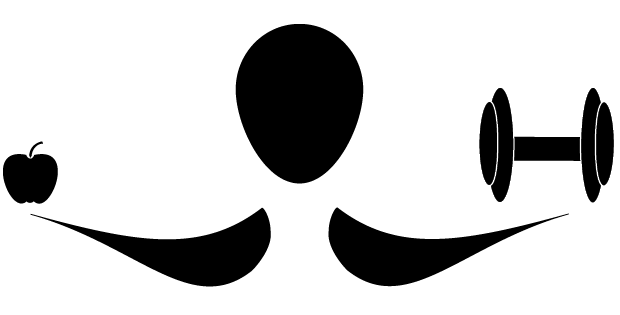Fit Facts: Stretching can improve results, decrease pain
April 27, 2014
In the fitness world, running and weight-lifting get all the glory, like the M&M’s in trail mix. Stretching, on the other hand, is often forgotten, like the mix’s pile of raisins.
This reality is quite unfortunate given the importance of stretching. It can help you avoid injury, relieve chronic pain and, to the surprise of many, it can help you get stronger.
In terms of injuries, it’s not difficult to see why so many people tear, pull or aggravate muscles during their workouts.
When you exercise, your muscles undergo a certain amount of stress in order to complete a movement. The amount of stress is correlated with the muscle’s extensibility. The more you warm up and stretch, the more pliable the muscle and the less stress will be placed on the tissues.
Without stretching, your muscles are tight from periods of inactivity, like sleeping or glorious three-hour lectures. Tight muscles mean tendons are being pulled taut and are at greater risk for tears. Think of a muscle like a stick of gum and stretching like chewing: Before chewing, the stick is easily snapped. After chewing for a bit, the gum becomes a little more forgiving.
“Preparing [before] and stretching after your workout is just as important as the workout itself,” said Mitchell Howie, National Academy of Sports Medicine-certified personal trainer at the Recreation Center.
Chronic pain — particularly back pain — is a common problem that can be improved through regular stretching.
“[Stretching] can loosen up the core and let you stand up straighter, and that will in turn decrease back pain because your vertebrae will stay in a straighter line,” Howie said.
There are multiple types of stretching techniques, but static stretching and dynamic stretching are two examples.
Dynamic stretching differs from static stretching in that you go through a range of motion. For example, a common static stretch for your hamstrings would be 20 to 30 second toe-touches, whereas a dynamic hamstrings stretch would be squats without weight.
If you know you are going to be lifting heavy loads — whether that’s lifting weights in the gym or lifting a wheelbarrow for spring gardening — start with some dynamic stretching to prepare your muscles for the movements you are about to perform.
By mimicking the activity with non-weight bearing movements prior to the workout, you’ll introduce your muscles to the required motion and decrease the likelihood of injury.
Another benefit stretching provides is improved strength. Stretching allows muscles to have a greater range of motion, which can increase potential lengthening and tensioning of the muscle, therefore improving force capacity. Additionally, stretching can help break up adhesions that might cause inefficient contraction of muscle fibers.
“The main reason people don’t [stretch] is they think it doesn’t do anything for them … . They don’t understand the benefit it will have,” said Zack Ioannides, National Strength and Conditioning Association-certified personal trainer at the Rec. “Always [stretch]. Never, ever miss it. It doesn’t matter if it’s boring … . In the long run, it will benefit you.”
Make stretching a priority. An investment of a few minutes can maximize your efforts and could save you from months or even years of pain.







